The Tale of Two Mobile Checkouts [LA Times vs. NY Times]

The low percentage of people who visit a website on their mobile phones and actually convert (buy, sign up, download), is not for lack of trying on the consumer's part. They are often starting the checkout process, just simply not completing it. Let's look at two mobile checkouts and what's going right and wrong in these scenarios.
While there are many factors as to why someone would subscribe to the Los Angeles Times versus the New York Times (or vice versa) - such as brand awareness and perception as well as location - mobile checkout could certainly make or break the sale. Capitalizing on current events, the NYT, for instance, is running the following ad on Twitter and Facebook (see image), and since the majority of social media use is in-app, the likelihood of a person following the link from their mobile device is great. 
So let's look at their mobile checkout. After choosing a subscription plan, potential subscribers are offered the opportunity to create an account using their Google or Facebook credentials or, alternatively, create a traditional username-password combination. 
By providing this option to simply click on Facebook or Google login, the person's credentials are likely already stored in their phone or they can easily recall them, so they're one step closer to checkout. LA Times, on the other hand, does not offer this option requiring an email address and then password selection. Although the LA Times sets the expectation of how long this checkout process will be (showing the next steps), offering social or Google login would likely increase conversions as it reduces friction in the mobile checkout experience. 
The same is true of payment options. The NY Times wisely includes PayPal as a billing option, which doesn't require a person getting up or reaching for credit card information. What's more, if they are a frequent PayPal user and an iPhone owner, they may have touch ID enabled so checking out is as simple as putting their finger on their phone's home button. 
LA Times does not offer PayPal, which could be to the detriment of conversions. 
Sure, not all mobile users complete purchases with PayPal or create accounts using social media or Google login, but statistics show both elements can increase conversions. For instance,
+ PayPal users are completing purchases 87.5 percent of the time, compared to 55.1 percent of the time for Visa Checkout users and 46.5 percent for users of other platforms (source).
+ Passwords discourage 58 percent of consumers from signing up for a new account (source).


![The Tale of Two Mobile Checkouts [LA Times vs. NY Times]](https://www.websitemagazine.com/hubfs/Imported_Blog_Media/mobile-checkout-3-1-1-1.jpg)





